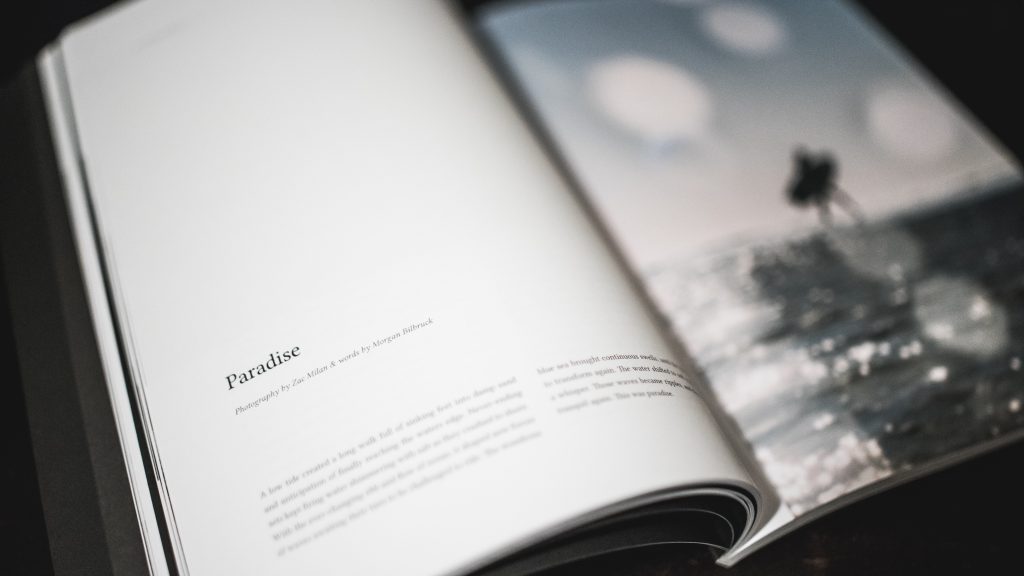Don’t Let a Fear of Pulling Together Long Articles Hold You Back One More Day

There are some very extreme views on writing feature-length stories out there.
Some of you:
- have been in this business a long time and feel like feature stories are the only thing worth your time in terms of both money and interest
- have not been in the business-side of travel writing at all, but want to jump in only writing features, because you’re only interested in long-form writing and storytelling, not short, informational pieces
- are absolutely petrified of even pitching a long story, because you don’t know how you’ll fill up the word count
- feel very firmly that you will never write features because narrative writing is just not your thing
Features are a very polarizing issue, and there’s no single reason why.
Let’s unpack some of the assumptions, myths, and truths underlying the different stances on feature-writing I outlined above.
Yes, features do pay more than shorter stories. But typically just because of the sheer fact that they are longer, as many stories are billed by the word count. However, these stories also take–and not correspondingly–more time to write.
They take more time to structure, research, edit, and rewrite than their shorter counterparts, so if you aren’t well-prepared for those eventualities, your hourly rate will take a huge cut as compared to writing shorter stories. So why do some people want to jump right into these even if they don’t have experience working with editors and publication guidelines or researching to fit a specific assignment?
Features feel more meaty, substantial, and, above all, like stories.
Writers with writing backgrounds from other fields, particularly fiction or long-form writing of other kinds, aren’t intimidated by the word count or a feeling like they simply couldn’t find enough material to compellingly fill the space.
They’ve done it before (even if only on their own blogs), and feel confident they can do it again.
The issue is that writing features for travel magazines is not your average long-form writing–it’s long-form journalism. And that means that even if you are adept at weaving stories, you need to know how to do so as a journalist, not just a storyteller. Though carrying a full-length feature requires a keen understanding of the mechanics of story arcs as well.
It’s no surprise that folks get scared off at the though of it. I may have even scared you off just now!
Here’s the thing. Just because it is hard (honestly, what about professional travel writing isn’t? Even people who have been writing for decades can have a hard time sending pitches when they’re out of the habit) absolutely doesn’t mean it is impossible. And it is probably much easier than you think.
That’s why, today at our regular webinar time slot, we’re going to discuss my the concept of story structure so you can get a serious grounding in it, along with my favorite “tactics” or approaches specific for travel features.
Join us today at 3:30 pm EST / 12:30 pm PST for our webinar on Story Structure to Take Your Travel Feature Articles to the Next Level.
Whether you’ve been scared of taking the leap into features because you’re “not that kind of writer” or have been wanting to move into features (or even starting to get those assignments) but spend an inordinate amount of time trying to research and structure those pieces so it feels like more work than it’s worth, this webinar is for you. We’ll explore classic story structures that have been employed, literally, for millennia to guarantee an interesting story as well as travel feature-specific story structures that will have you turning out stories in an hour or two each.
Register here to catch the webinar live or have access to the replay for one week, after which time it will be available in our webinar library along with the full transcript.
